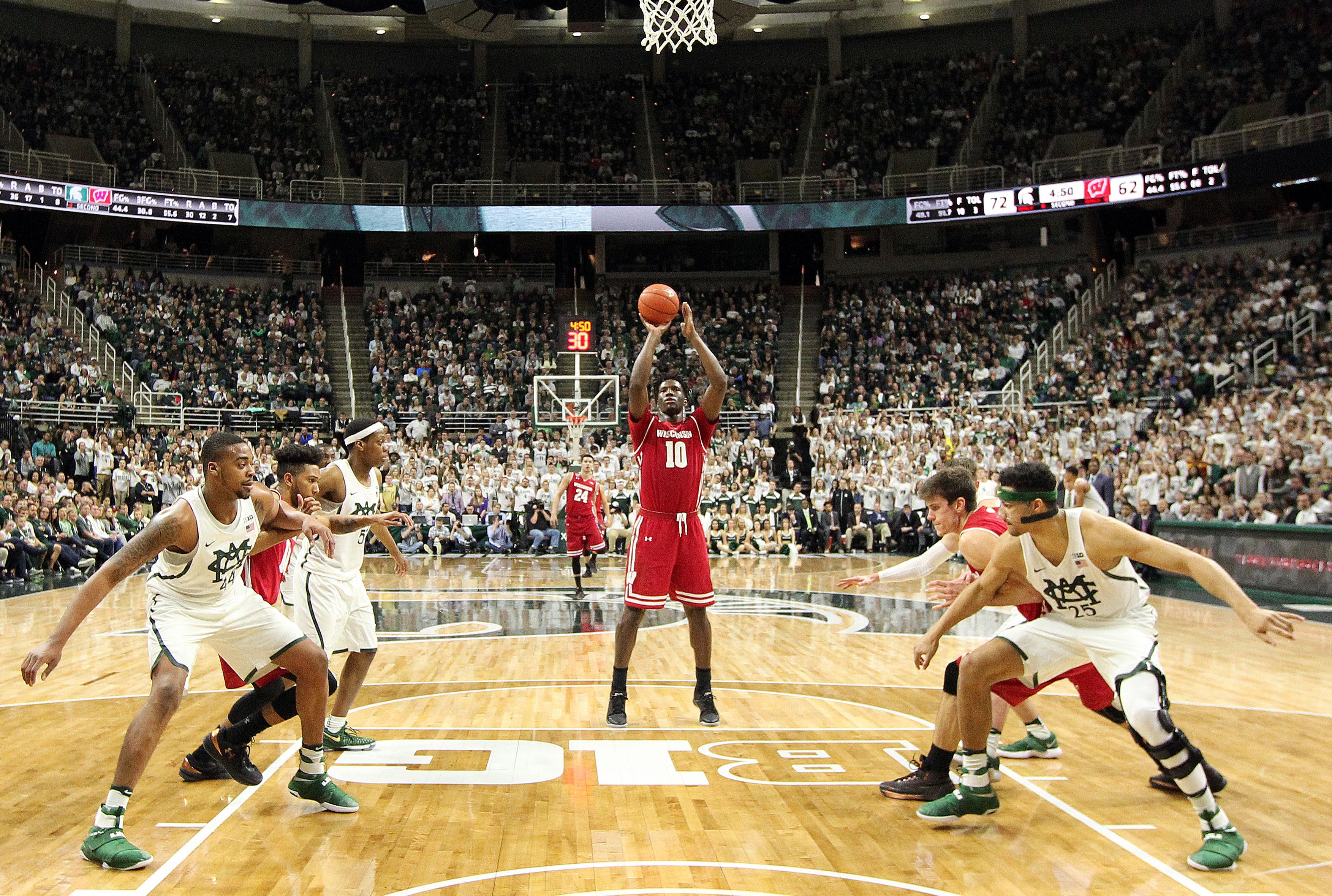Silent Swish: Mastering the Art of Free Throw Shooting
Why Free Throws Are a Game-Changer
In basketball, free throws are a chance to score unchallenged with no defender in your face. Yet, they’re also a mental battle. The quiet of the gym, the eyes of the crowd, and the pressure of the scoreboard can make a simple 15-foot shot feel like a mountain to climb.
At first glance, free throws seem easy, but they require a blend of physical precision and mental resilience. Teams have won or lost championships at the free-throw line. This guide will teach you how to develop a free throw routine, refine your shooting mechanics, and build the mental toughness needed to thrive under pressure.

The Mechanics of a Perfect Free Throw
Great free throw shooters focus on the fundamentals. Breaking down each component of the shot helps you hone consistency and accuracy:
1. Establishing Your Stance
Your stance is the foundation of a great free throw. Start with your feet shoulder-width apart and position your shooting foot slightly ahead of the other. This alignment creates balance and keeps your body centered toward the rim. Use the free throw line as a guide; many players place their dominant foot slightly over the line for a consistent reference point.
Avoid standing too rigidly or too loosely. A relaxed but firm stance ensures stability while allowing fluid motion. If you struggle with balance, try incorporating core exercises into your routine to strengthen the muscles that support your shooting posture.
2. Perfecting Hand Placement
The way you grip the ball significantly impacts your shot’s accuracy. Your shooting hand should be under the ball with fingers spread wide for maximum control. Meanwhile, your guide hand should rest lightly on the side of the ball, helping you steady it without applying force during the release. This separation of roles ensures the shot remains straight and true.
To test your hand placement, practice holding the ball in your shooting position and checking the gap between your palm and the ball. A small gap indicates that the ball is resting on your fingertips, where you have the most control.
3. The Shooting Motion
Your shooting motion should be smooth and consistent. Begin by bending your knees slightly to generate power from your legs. As you extend upward, raise the ball in a straight line from your waist to your release point. This upward motion eliminates unnecessary movements that can throw off your accuracy.
Focus on releasing the ball at the peak of your jump (if you use one) or as you fully extend your arm. A clean release with proper backspin increases your chances of a friendly bounce off the rim if the shot isn’t perfect.
4. Follow-Through
Your follow-through is the finishing touch that ties the mechanics together. After releasing the ball, keep your shooting hand extended and your fingers pointing toward the rim. This “gooseneck” position not only ensures proper backspin but also helps maintain focus on your target.
To develop muscle memory, hold your follow-through for a few seconds after each shot during practice. This simple habit reinforces the feeling of a successful release.
Mastering the Mental Side of Free Throws
Free throws are as much a mental challenge as they are a physical one. Here’s how to conquer the psychological aspect of shooting under pressure:
1. Develop a Routine
A consistent pre-shot routine helps calm your nerves and focus your mind. Whether it’s dribbling the ball three times, spinning it in your hands, or taking a deep breath, find a ritual that centers you. This routine acts as a mental reset, blocking out distractions and putting you in the zone.
2. Visualization
Before stepping to the line, visualize the ball swishing through the net. Imagine the perfect arc, the backspin, and the sound of the ball brushing the net. Visualization primes your brain for success and builds confidence in your ability to execute.
3. Block Out the Crowd
In high-stakes games, the crowd can be deafening—or eerily silent. Train yourself to tune out external noise by focusing solely on your routine and the rim. Some players use mantras, like “smooth and steady,” to stay grounded.
Drills to Improve Free Throw Accuracy
Repetition is the key to mastering free throws. Incorporate these drills into your practice sessions:
1. Pressure Free Throws
Simulate game-like pressure by setting a goal, such as making 10 consecutive free throws. If you miss, start over. This drill mimics the tension of shooting with the game on the line, helping you build mental resilience.
2. Fatigue Shooting
Free throws often come late in the game when players are tired. To prepare, run a series of sprints or a full-court drill before stepping to the line. Practicing while fatigued improves your ability to maintain form under physical stress.
3. Focus Drills
Practice shooting in a noisy environment, such as with teammates shouting or music playing. This trains you to block out distractions and stay locked in on your routine.

Advanced Tips for Elite Free Throw Shooting
Once you’ve mastered the basics, apply these advanced strategies to elevate your free throw shooting:
- Analyze Your Arc: Use video analysis to evaluate the trajectory of your shots. A higher arc often results in softer landings and increases your margin for error.
- Track Your Progress: Keep a record of your free throw percentages during practice sessions. Aim for consistent improvement, and celebrate milestones like reaching 80% or 90% accuracy.
- Stay Relaxed: Tension in your shoulders or grip can sabotage your shot. Focus on staying loose and letting the motion flow naturally.
- Leverage Muscle Memory: The more you practice, the more automatic your shot becomes. Repetition is the key to building confidence and consistency.
